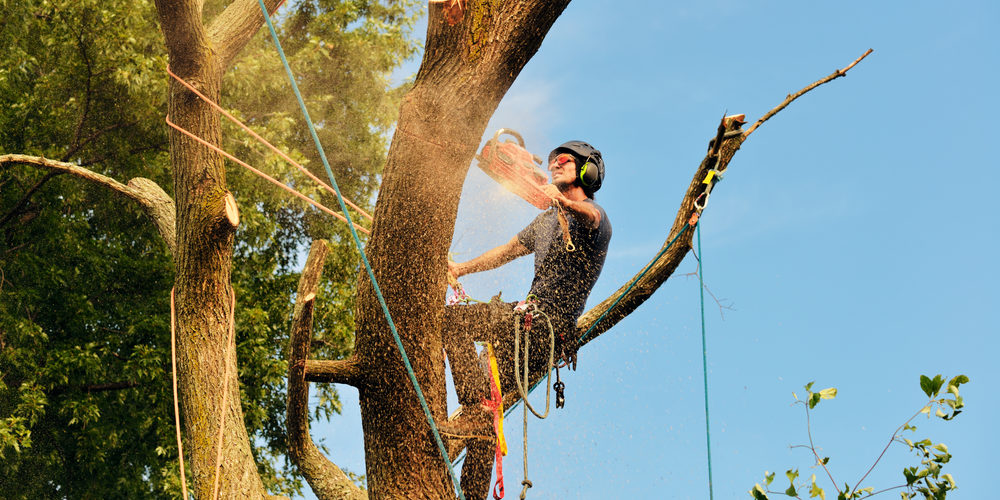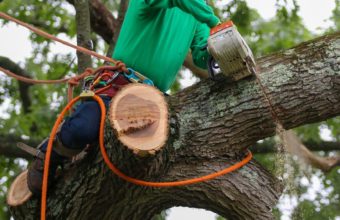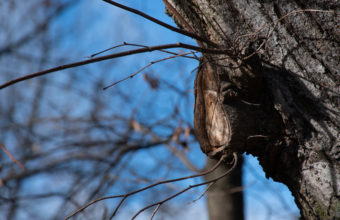Arborists are professionals who specialize in the care, maintenance, and management of trees and woody plants. They play a crucial role in ensuring the health and safety of trees in urban and natural environments.
The primary purposes and responsibilities of an arborist include…
- Tree Health Assessment – Arborists assess the overall health of trees, identifying diseases, pests, and structural issues. They use their expertise to diagnose problems and recommend appropriate treatments to improve tree health.
- Pruning and Trimming – Arborists perform pruning and trimming to remove dead, diseased, or hazardous branches, improve tree structure, and promote healthy growth. Proper pruning helps reduce the risk of falling branches and improves a tree’s overall aesthetics.
- Planting and Transplanting – Arborists assist in selecting the right tree species for specific locations and soil conditions. They also ensure proper planting techniques and transplanting, helping young trees establish themselves successfully.
- Tree Removal – When necessary, arborists safely and efficiently remove trees that are dead, diseased, or pose a risk to property or safety. They use specialized equipment and techniques to minimize damage and ensure safety during tree removal.
- Disease and Pest Management – Arborists are trained to identify and treat tree diseases and insect infestations. They recommend appropriate treatments such as pesticides or fungicides and may also provide guidance on preventive measures.
- Tree Risk Assessment – Arborists assess the structural stability and health of trees to determine if they pose a risk to nearby structures, people, or property. They can recommend measures to mitigate these risks, such as pruning, cabling, or tree removal.
- Tree Preservation – Arborists work to protect and preserve valuable trees during construction and development projects. They establish guidelines for tree protection zones and monitor compliance to minimize damage to trees’ root systems and canopies.
- Consultation and Advice – Arborists provide expert advice to homeowners, businesses, and municipalities on tree care, maintenance, and management. They offer recommendations for long-term tree health and maintenance plans.
- Emergency Response – Arborists are often called upon during and after severe weather events to assess and mitigate tree-related hazards. They may perform emergency tree removal or pruning to ensure public safety.
- Environmental Conservation – Arborists contribute to environmental conservation efforts by promoting the planting and care of trees in urban and natural settings. They understand the ecological benefits of trees, such as air purification, carbon sequestration, and habitat creation.
The purpose of an arborist is to promote the health, safety, and sustainability of trees in various settings. They bring expertise in tree care and management to help ensure that trees thrive, contribute to their surroundings, and minimize risks to people and property. Hiring a certified arborist is for proper tree care and the long-term well-being of the urban and natural environment.






